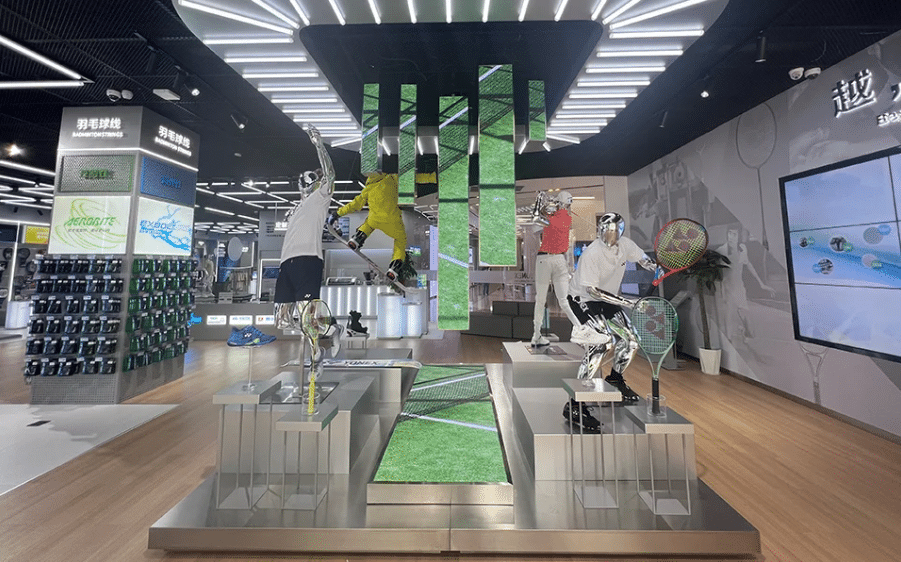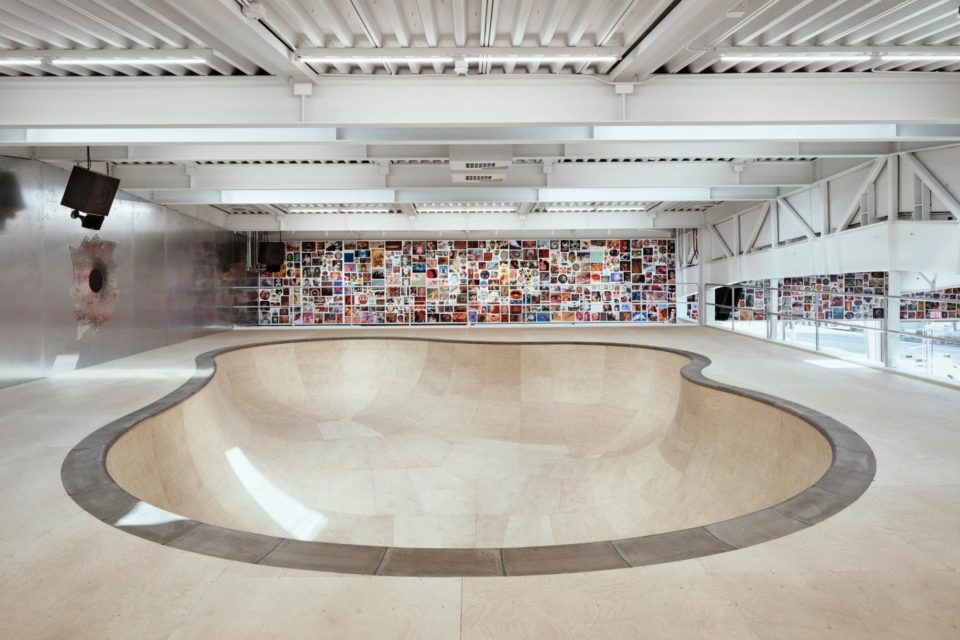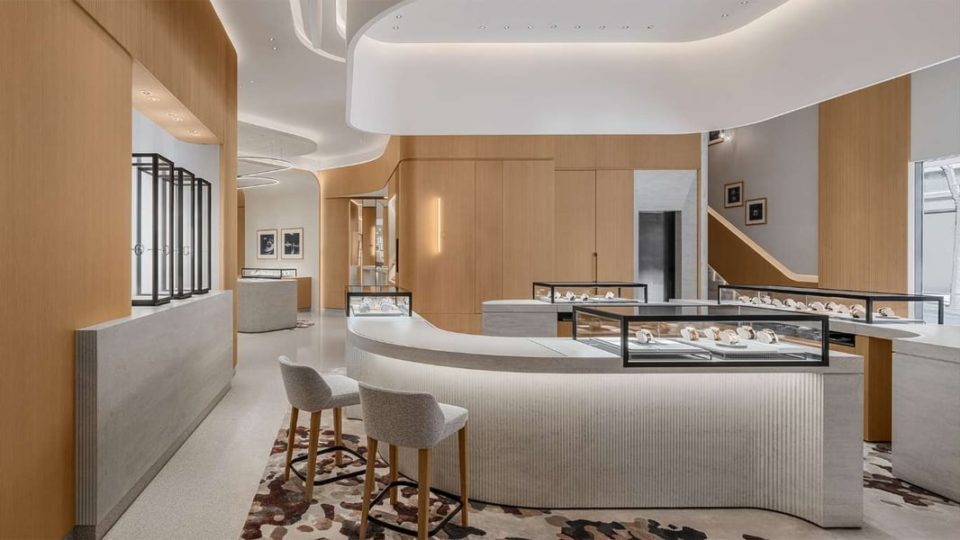Home shopping: inside the secret shoppable living space of Bless Berlin
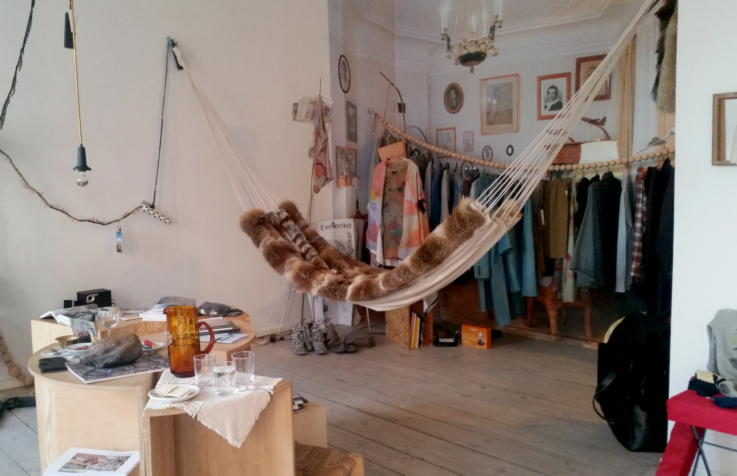
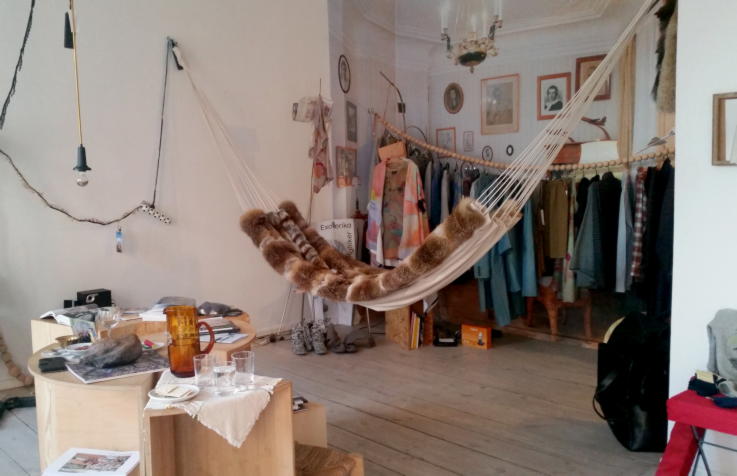
Bless is the ultimate ‘in-the-know’ brand. You’re more likely to hear about it from a friend then a big ad campaign. And if you want to visit its Berlin store then be prepared to first book an appointment, and second find it. Because the Bless Home is no ordinary store, but a fully functional apartment complete with live-in manager.
Continuing a trend that goes back to the opening of the Bless Home, current store resident Bert Houbrechts lives, eats and sleeps within the apartment space. Four days a week he welcomes visitors into the space, invites them to hang out, have a drink and a chat. And hopefully buy something. Because if you can see it in the Bless Home then you can buy it.
We talk to Bert about the concept of shoppable homes, the Bless ethos and why discovery is so important to the brand:
Can you explain the idea behind the Bless Home?
It’s triggering the client, if he really has the need to come to Bless and what is he doing for it. First you have to know Bless. Then you have to find the address. You have to ring and make an appointment, and you have to find our back entrance which is actually a normal apartment. It’s very private.
Some people ask “Do I have to take my shoes off?”, others ask “Where are your belongings?” I say, “I’m the resident. Most things I need I have here, but all my other stuff is in Belgium”, so it’s always a little game – who are you and what are you going to do here, are you going to buy, or are you going to take pictures? If you come to Bless Home, you want to be there.
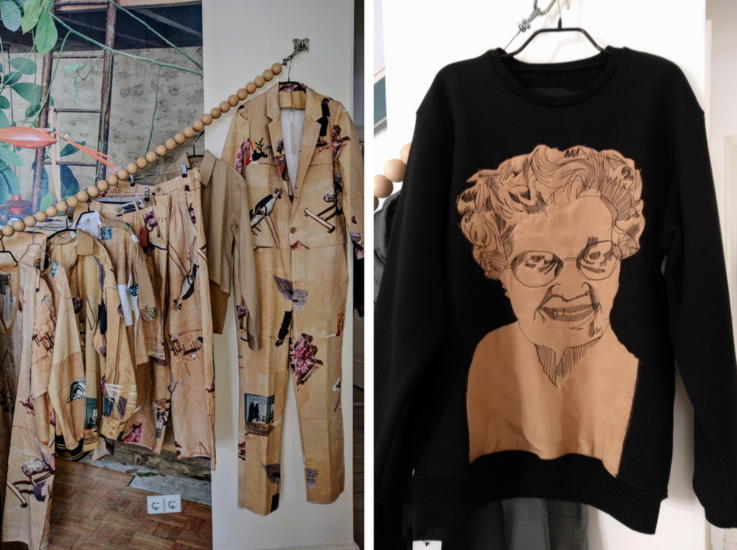
Why do you think Bless chose this type of shoppable apartment compared to say your normal shop on the high street?
I think with globalisation, everything is everywhere. In Bless you enter a private thing, there’s this welcoming feeling.
I know the people who come here are interested in Bless. Some people know a little, some know even more than me. I open the door, I have a little chat, I ask if they want a drink and sometimes ask how many times they have been, or in which product they are interested. It’s a very personal, direct thing, that’s what you don’t have if you go to another shop.
Do people feel quite comfortable coming in and spending time in the shop or is there a bit of a barrier where they think they are intruding in your home?
I think people actually really like that I live here and there are also people who don’t notice that I do. They think everything is set up in this way. And of course I don’t tell everybody who comes in that I live here. It depends on the curiosity.
It really depends on the people that come here. Some people know that I live here, and some people they don’t know and are totally surprised about the fact that I’m living in the shop, but you know, for me it’s so normal. I cook here, I wash myself, and I clean the shop. That’s the only thing I have to do.
How long do residents typically stay?
When Bless asked me to do the residency, it was for three months at first. But I’m still here after six months, so it’s an open thing. They’re happy and it’s also good that maybe there is a face again in Bless Home.
I thought it was going to be a little bit difficult because I’m not from Berlin, but in the end you don’t have to be from Berlin to live in Bless Home and to get people. Most of the people are from abroad, I think around 70 percent of visitors are from abroad and 30 percent from Berlin.
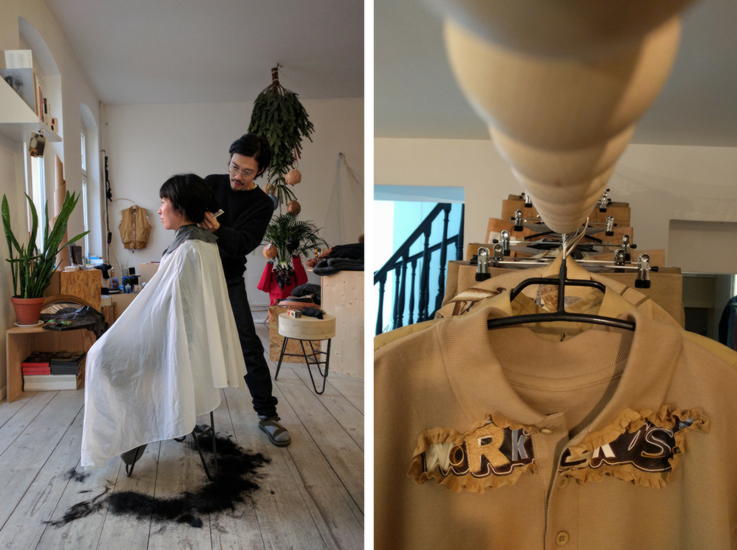
How busy do you feel the space is compared to a normal shop?
I have a friend who also has a small shop, and I think if I compared them then maybe you get a few more visitors in a normal shop. We have regular opening hours though, Wed-Fri it’s an afternoon thing, which is also very as everything starts here at midday, and then all day Saturdays.
On Saturdays you can also come to have a haircut in Bless Home. That’s something we’ve been doing for the past year.
I started running Bless Home in August, and in October I started an Instagram account. It gives a good image of what Bless Home is and there are also a few pictures from Hiro, who’s doing the haircuts. When somebody comes to have a haircut, they may also buy something or might just have a little chat with me.
It opens up Bless Home as being more of an open space. It’s not just a shop in the commercial sense, but of course you can buy all the items from Bless here, and there are also special items from all the collections.
Why did you choose to launch an Instagram account?
For me at the moment, it’s very important because you know we started from nothing four months ago. I’m very visual and I use Instagram to provide a little window on the Bless Home world, without showing which shoes I’m wearing today. I try to give an open visual feeling to people who don’t know Bless.
I want to make people wonder, and have the feeling that if they are in Berlin, they can come to the shop and drink tea, and we can chat a little bit about what are you doing. It’s not like you have to buy; of course, I like it when people buy something, but there is a kind of freedom when you come here. There’s not any pressure to leave with a lot of pieces.
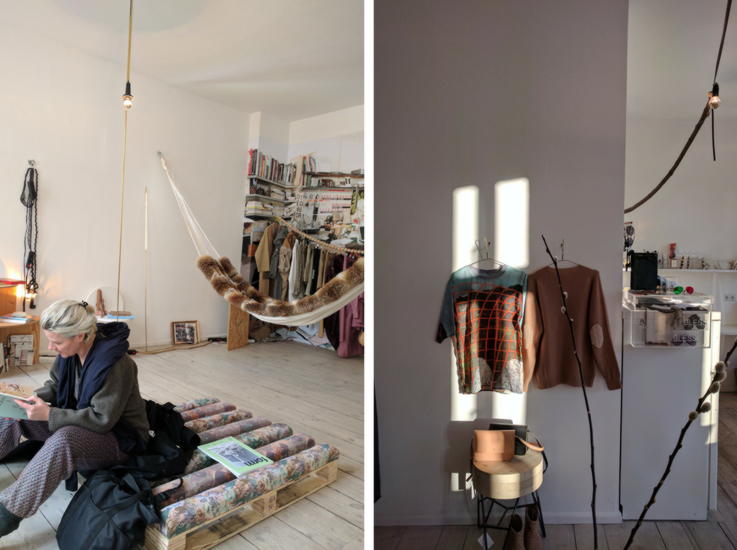
Is Instagram helping bring people into the space?
Four months is a little bit too short a time to tell, but I’m sure that this summer people will be coming and say, “The Instagram has brought us here.” Maybe also in the future, we’re going to start to sell over Instagram?
It’s open. Nobody asks for it now but I think this is going to follow out of that. It’s not that I’m going to take a picture of a jacket with a price on and have a button saying ‘buy now’. I’m going to find another way.
What percentage of people buy something there and then on the day?
Some people first come to have a look because there are so many things to see. Even if you come for the fourth time, you’ll find something new because all the cables are Bless, the furniture is Bless or collaboration with another designer. It takes a little bit of time to tell the whole story, and you can see it with the people if they have time and if they are interested I can talk for an hour about Bless and about every item because every item has a story. Some people though they come and they take one piece, they try it on, and they go.
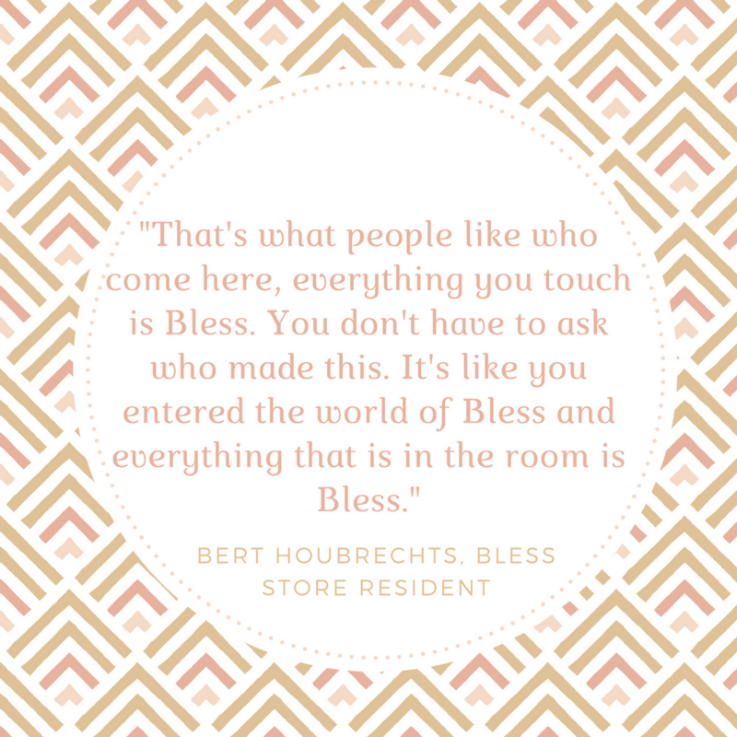
How is Bless itself different to your average design company?
They like the contact with the client. They build their own kind of clients – you have to be open to understand the label as a client. There is always something tricky about it, or something ironic, and if you don’t want it, then you don’t come to Bless.
We also see that the art scene likes the Bless concept – artists, designers, musicians, creative people. It’s not like the average shoppers says “Oh! From this moment on, I like Bless!” It’s already in your genes a little bit.
The client has to find them, instead of they’ve got to find the client, and they’re going to do loads of publicity and be big. It’s the other way around, and that’s what I like.
They also don’t work like most design companies in terms of collections?
We go with the seasons of course, but it’s not ever collection is new designs. It’s always based on the designs from before, maybe a little change of colour, change of fabric. You can also order old pieces because they can still make it, and sometimes they also grab an old piece and make it again in new fabrics.
As an example, I bought a shirt five years ago, and it’s like, “Oh, but that shirt I really liked it so much” and you go to the shop and it’s not there anymore, because there is a new designer for the label and everything has changed. But if you are with Bless, you can order the same piece. It’s a king gesture that they offer and the clients appreciate that.
Does Bless offer any level of customisation or personalisation?
We try, but you know every little change needs a new pattern. It depends on what kind of change. If we start to change everything, it’s a lot of effort, but small things like a colour is possible.
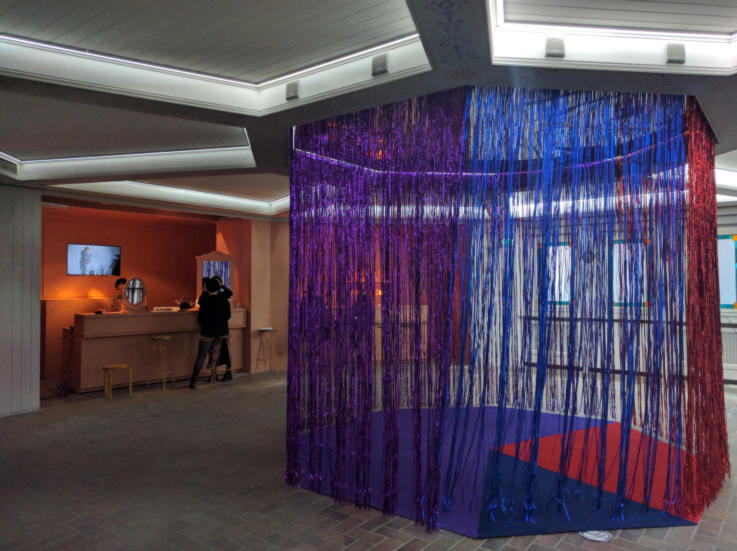
Has Bless finished its temporary store initiative?
Yes that initiative is finished. I think that this temporary store thing is a bit over already. I can’t hear the word pop-up anymore, you know what I mean?
Let’s say that Bless was the one of the first who started to do it and now they are looking for another way to touch people’s hearts again. I only can say that the people who come to Bless Home experience this cost, home feeling, and buy and see the product and have a chat with me. Maybe this is what is coming back – cosy, small, human.
What we’ve been doing recently is artistic exhibitions. We did a very nice exhibition last year in Schinkel Pavillon with Dominique Gonzalez-Foerster, who did a series of costume from movies, and we designed and sold pieces based on those.
We also did an exhibition called Worker’s Delight in the Vitra Design Museum, where Bless created objects to be shown in the space, alongside its collections.
Do you think we might see more hidden shops in the style of Bless Home in the future?
I think that that’s going to be the future for other labels as well. People are going to go to small streets, more hidden, not big and screamed out. It’s not that Bless is going to now do worldwide hidden shops, who knows what’s the next project.
What we also do now here for example is have our hammocks in the lobby of Hotel Bikini Berlin. They also sell some other Bless items, but not clothes. If they see that people are interested in Bless or the hammocks, then they send them over to the Bless Home and then I can tell them the prices and when they get delivered and everything, so that’s another form of selling your product without your own shop.
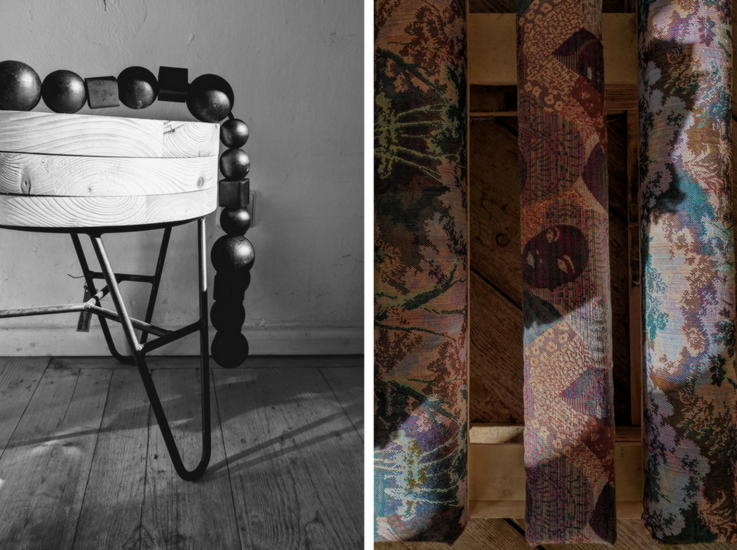
How important do you think curation is going to be in retail in the future?
I think that Bless has endorsed so many products in different forms and styles and fabrics and material. There are chairs. There are books. There are lamps. There are coat hangers and this altogether is curated by themselves.
That’s what people like who come here, everything you touch is Bless. You don’t have to ask who made this. It’s like you entered the world of Bless and everything that is in the room is Bless.
Do you have any thoughts about Bless in the future, what it might do, what might happen, anything like that?
Web orders is also very important because we have clients from places that are too far away. We are always part of very nice concept stores, people who include Bless in their range of products, so we have very close personal contact also with the shops who buy Bless abroad. Out of that, I think the internet is really changing a lot, and we have to stay focused on the fact that different people buy things that they see online.
Equally though, I really appreciate when people come and visit and interact in the space. With web orders, I put it in a box and it’s gone. There’s a very big gap between those experiences.
Images courtesy of Bless
What are the top retail trends in Berlin? Find out here or if you want to explore them for yourself, join us on a Berlin retail safari and get the inside track.

